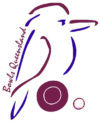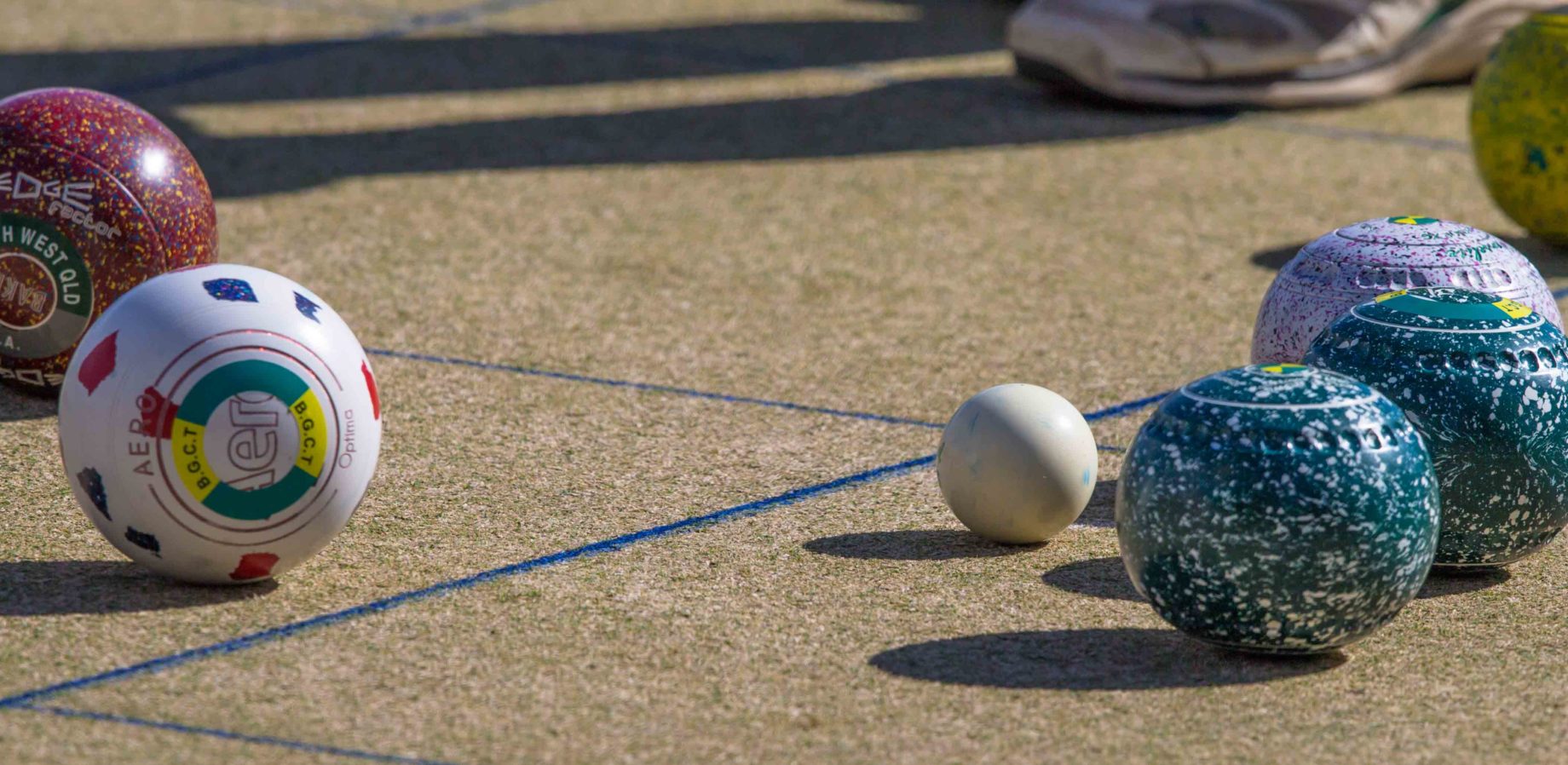Controlling length and weight during delivery
By Alan Thorp
Welcome back, I hope that everyone had an enjoyable Christmas and you are now playing our wonderful game of lawn bowls. Travelling around the State as a member of the State Coaching Committee (SCC), myself and other members of the SCC are often confronted with the following statement from players: I have no worries or problems getting my grass or width but I struggle with my weight. Let’s have a look at this problem experienced by many bowlers:
The control of length or weight in the delivery
Coaches have implied that this aspect of the game is the main problem for bowlers and one of the reasons many players (in all stages of learning) have difficulties. Generally, this is the case, as it is probably the harder of the two basic factors in bowls (line and length) to master.
Theory of elevation
This theory was used by many coaches in years gone by and is still engaged by some older coaches today. I was actually coached this way using the pendulum method of the arm. The theory is that if the bowl is held higher prior to delivery, the longer the pendulum action, and therefore more momentum (velocity) will be applied to the bowl at the time of release.
I was also taught that the length of the step (if increased or decreased) would alter the length or weight applied to the bowl being delivered. We as coaches generally know this is not the case; however, everyone is an individual and this must be considered when coaching.
If you, or the person you are coaching, are experiencing difficulties with weight given to the delivery, consider the following:
- The speed of the delivery is a skill natural to each individual governed by a number of factors including their natural step and bowling style;
- If you are practicing, or coaching someone, you must have the ability through training (preferably in a game set situation) to adjust to varying conditions such as:
- the speed of the green
- different lengths of the jack placement
- the environmental factors on the day or during training.
Hard work, experience and many hours of practice will determine how proficient you will become, given that weight and length are such an important aspect of being a very consistent bowler.
Note: Forget the back swing, ignore it, let the weight control be made by the subconscious mind and memory of the delivery.
Delving deeper
Firstly, the momentum applied to the bowl at the point of delivery will determine how far it travels along its intended line before coming to rest. Therefore, the speed of the delivery action will automatically increase the length of the pendulum, which increases the momentum or speed at which the bowl leaves the hand at the point of delivery.
Secondly, or conversely, slowing the speed of the delivery will decrease the length of the pendulum action and the momentum of the bowl on delivery. Always remember we are talking about the speed at which the bowl leaves the hand at the point of delivery. Once the bowl leaves the hand, it starts to slow down because of environmental factors and friction. So, the velocity of a bowl is the speed at which it travels on its trajectory (direction) until it reaches the target or comes to rest.
Summary of length/weight
- Let the length/weight of the delivery be controlled subconsciously
- Never overstep or understep in a delivery for weight adjustment or control
- Forget about the back swing – it will happen automatically • Develop a consistent delivery technique
- Practise, practise, practise. This will allow accurate adjustments of length by varying the speed of the delivery
movement - Use a coach where possible, and hopefully the correct weight/length will evolve, thus making you a more
consistent and competent bowler - Always have a good knowledge of the “pace of the green” prior to competition or practice
- When coaching a player on weight or length, always indicate the length required of each bowl, then suggest the increase or decrease of the next delivery. This will cement this factor into the memory bank and will help increase the players ability to “read the green” and make adjustments to the delivery of their bowls.
In the May issue of the Queensland Bowler magazine, I will write an article on the intended line (green/width) which, when paired with this article, will hopefully help bowlers to reach their goals.

